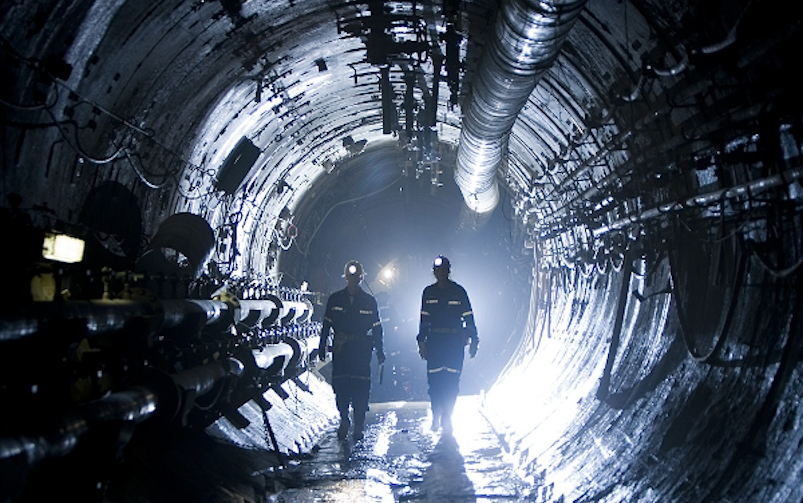Rio Tinto's Lac Tio iron and titanium mine is one of the 44 critical and strategic mineral projects underway in Québec. Courtesy of Rio Tinto.
On Oct. 29, the Québec government launched its “Québec Plan for the Development of Critical and Strategic Minerals (CSM),” a five-year initiative to promote the development of minerals used in daily use technologies such as cell phones and laptops; green energy technologies such as solar panels and windmills; as well as in the health sector.
The plan lists eight critical minerals – minerals essential for the economy in limited supply including copper, tin and zinc – and 12 strategic minerals – minerals used in key sectors of the province’s policies, such as battery minerals like cobalt, nickel and lithium – that will be prioritized as part of the plan. The government will invest $90 million through 2025 in advancing geoscientific knowledge, providing financial support for exploration and R&D, supporting companies in their development projects and more.
“The measures [the plan] provides will not only enable Québec to have the minerals necessary for the implementation of its strategies and major policies, but also to ensure the sustainability of these resources essential to our socioeconomic security and vitality,” minister of energy and natural resources Jonatan Julien said. “They will be deployed in close cooperation with our partners from the scientific, industrial and mining sectors, and with the local and Indigenous communities.”
Core to the plan is the promotion of the circular economy, which aims to recover and recycle CSMs, tailings and other waste. The announcement mentions two recycling projects that have already received funding from the Québec government: the Lion project, which is seeking to develop recycling technology for lithium ion batteries, and Géoméga, which is aiming to recycle rare earth elements from magnets.
Related: As China threatens to halt exports of vital rare earth metals, some Canadian companies believe that their time has come
Becoming a leader in the circular economy will have advantages during the recovery from the COVID-19 pandemic as well, the plan says, as the global economy will favour the renewable energy sector, and it will be difficult to meet the demand for CSMs solely through the growth of mineral production.
The plan also lays out Québec’s advantages as a mining jurisdiction – such as low-cost clean energy, social acceptability and scientific expertise. According to the Québec government, there are currently 44 CSM projects underway in the province, ranging from nickel and copper mines to niobium, lithium and titanium operations. Québec’s plan will cooperate and move in parallel with the Canada-U.S. Joint Action Plan on Critical Minerals signed in January 2020, which aims to create North American supply chains for CSMs available primarily through overseas markets such as China.
Additionally, the plan will cover measures to help train more skilled labourers for resource development. Some of the measures proposed include granting subsidies to businesses to cover training costs, contributing to paying the wages of workers facing certain barriers to employment or providing financial support for unemployed people to take training programs.
“More than ever, our government intends to invigorate our regional economies by capitalizing on our strengths, our competitive advantages and the development of our expertise to obtain new successes here at home,” Julien said. “More than ever, we are determined to make Québec a preferred location for the development of critical and strategic minerals, in order to create sustainable wealth in our communities and continue Québec’s transition to a low-carbon economy.”



